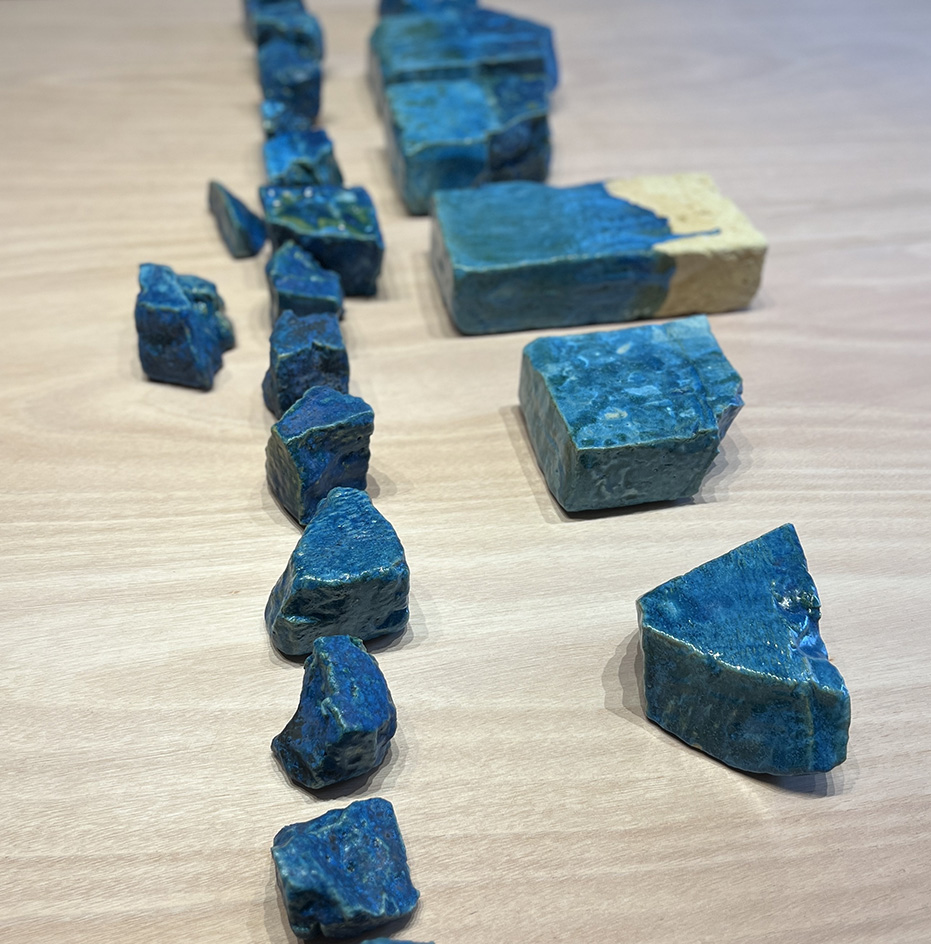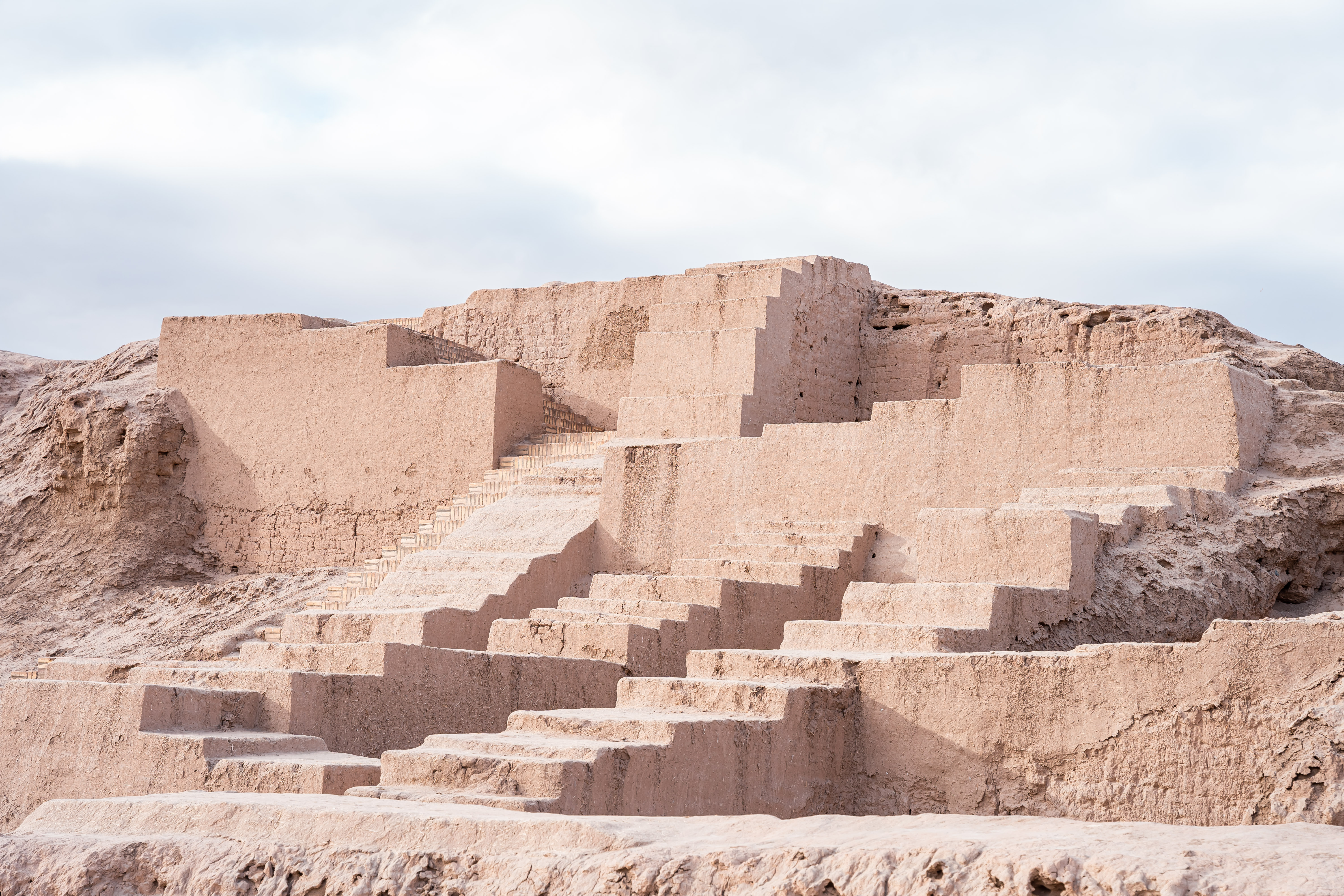
The Uzbekistan Pavilion 2023 places heritage at the heart of their contribution to the Venice Architecture Biennale. Its creators take their cues from the festival's overall theme, 'The Laboratory of the Future', as envisioned by curator Lesley Lokko, who imagines the exhibition as ‘a kind of workshop; a laboratory where participants and the audience imagine what the future can hold’.
Responding to this, The Art and Culture Development Foundation under the Ministry of Culture of the Republic of Uzbekistan (ACDF) in Tashkent has appointed French-Moroccan office Studio KO to curate their participation to the 18th iteration of the architecture biennale. The practice's previous involvement in Tashkent saw the transformation of a 1912 diesel station into the future Centre for Contemporary Arts (CCA) - the country's first contemporary art centre. It exemplifies the studio's ability to breathe new life into historic structures while preserving their essence.
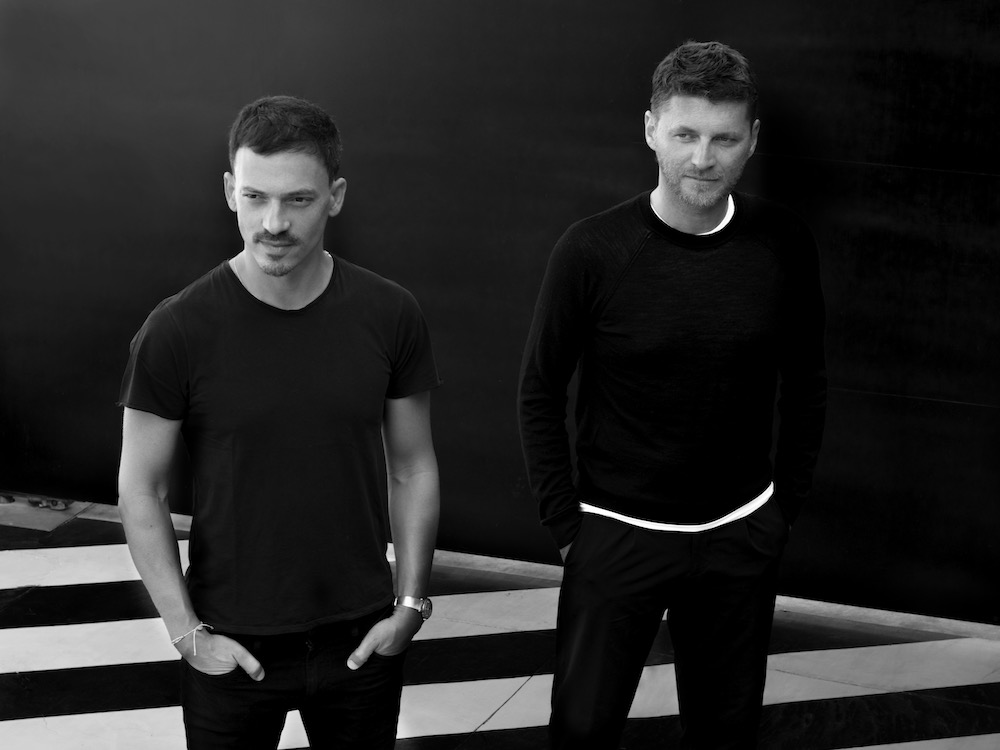
A preview of the Uzbekistan Pavilion 2023
Looking at Uzbekistan’s past, and in search of a shared future for its people, the pavilion - titled ‘Unbuild Together: Archaism vs. Modernity’ - will bring together a diverse group of curators, researchers, craftsmen, and artists to explore the ruins of the Qalas - the ancient fortresses of the Karakalpakstan region and the heritage of the Khorezm civilization.
Together, the team is exploring the different strata of the country’s architectural heritage as a potential resource for challenging mainstream concepts of construction and expression that are singular in output. Their work begins with an examination of the building block of Uzbek architecture; the brick. Seemingly singular as a unit, it symbolises the multiplicity and diversity of traditional construction through its infinite applications, both decorative and functional.
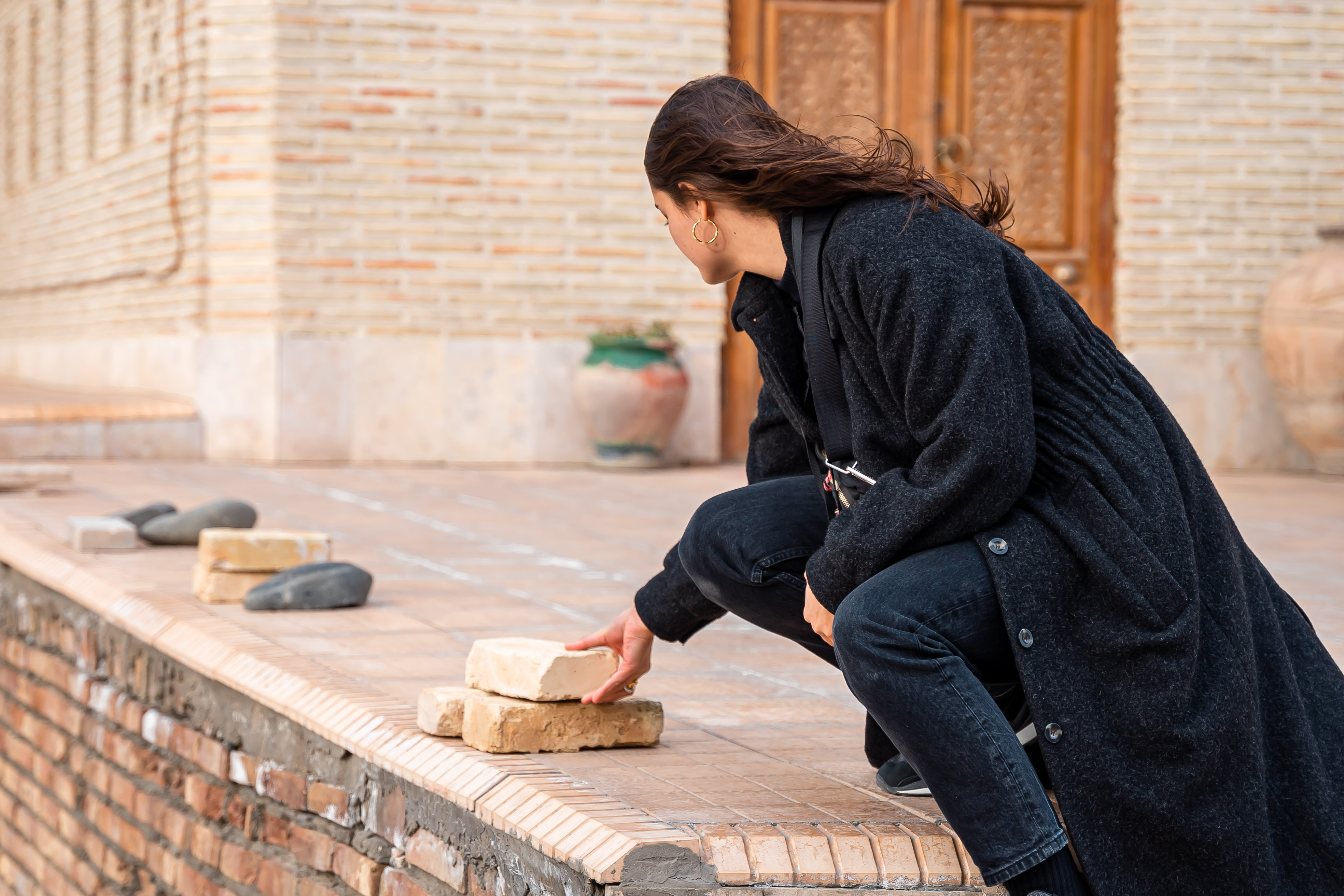
Recognising that the history of a place cannot be narrated by a singular voice, the team is also incorporating a collaboration between students from Ajou University in Tashkent and Bukhara born artist Abdulvahid Bukhoriy. Trained in folk ceramic crafts and the fundamentals of both modern and traditional Uzbek ceramics, Bukhoriy has a particular interest in reviving the distinctive blue ceramics of Bukhara, a pottery tradition that has been forgotten for over a century and has now ceased to exist.
As part of the pavilion research process into re-imaging the potential for traditional earth bricks and glazing, the artist led a workshop with university students in Bukhara testing glazing transparencies on handmade bricks. This activity, coupled with a second workshop on site at Toprak Kala in Karakalpakstan, combined both the tactile quality of material research with the lived experience of the ruin; both of which will inform in a direct way the spatial and material expression of the pavilion.
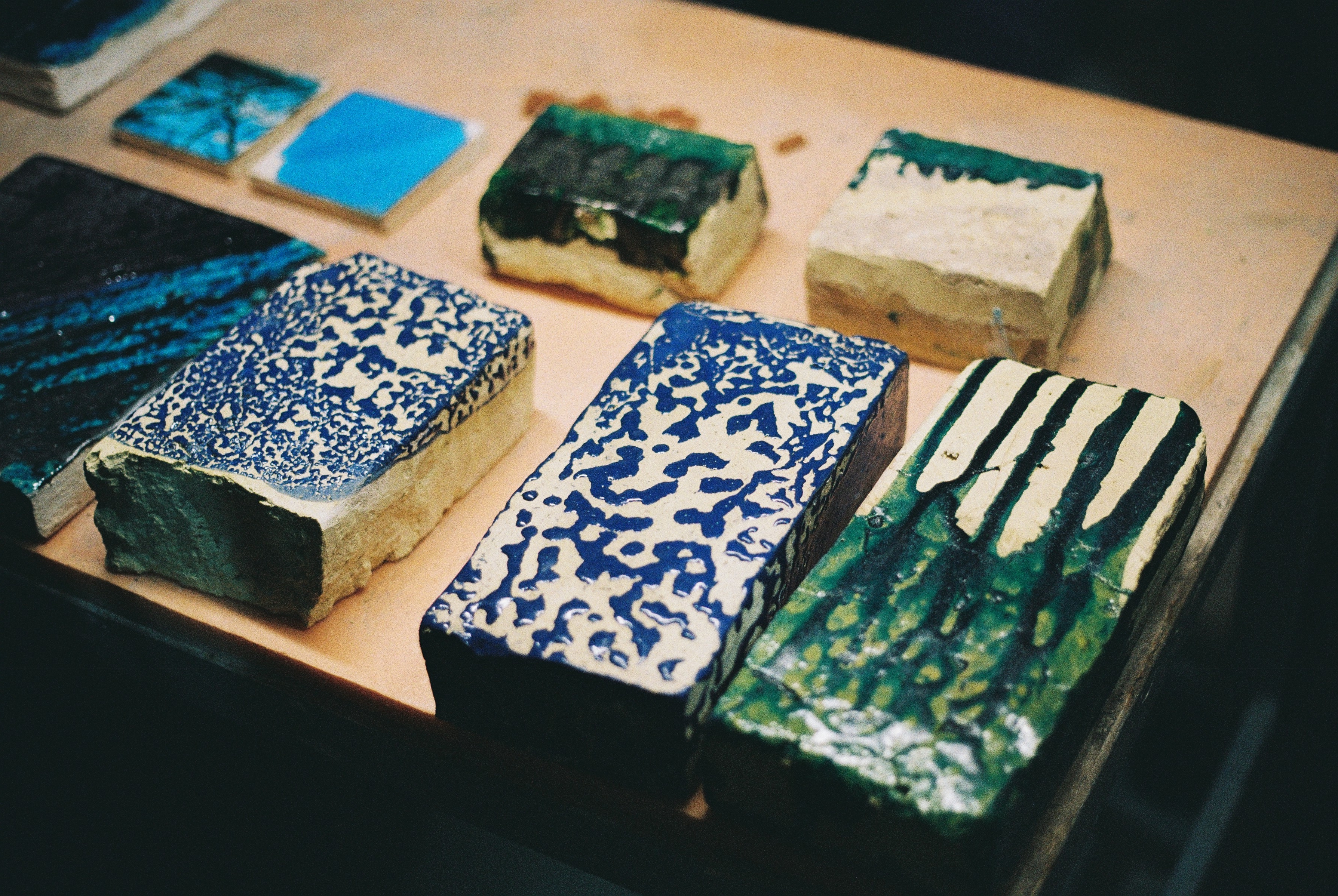
'Participation is above all collaborative, placing the human being at the center of our approach. Through the exchanges between us and architectural students of Ajou University in Tashkent, craftsmen and associated artists, a collective proposal will emerge, leaving a place for the unexpected,' said Studio KO's founders Karl Fournier and Olivier Marty.
The proposed installation envisions the constructing of a labyrinthine journey offering visitors a poetic spatial experience reminiscent of the ruins. Its walls will be made of sustainable, locally made Venetian brick informed by the early contextual studies in Bukhara. This not only reduced the carbon footprint of the build, but is also a nod to historic ties between these geographic regions - the Silk Route ran past it in its journey from east to west, starting in China and concluding in Venice.
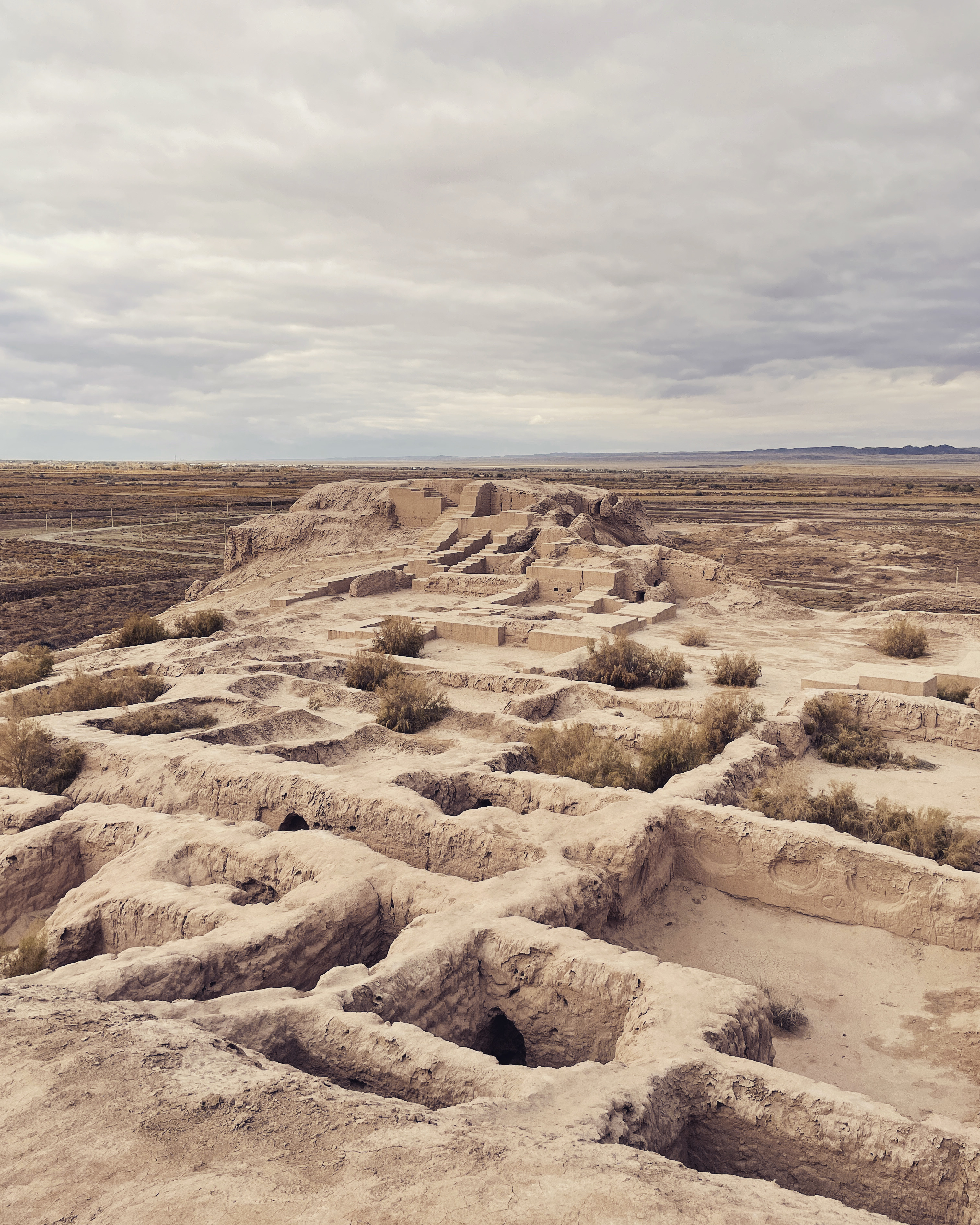
‘The intent is to reveal the sedimentation of places, the orientation, to prolong the experienced history and its traces of former lives,’ added Fournier and Marty.
The pavilion's heart will offer space to showcase collaborators' work, including a film by director El Mehdi Azzam; and a scale model made by designer and model-maker Miza Mucciarelli. In this way the pavilion aims to shine a light on a host of characters, bringing previously unrecognised excellence to an international stage.
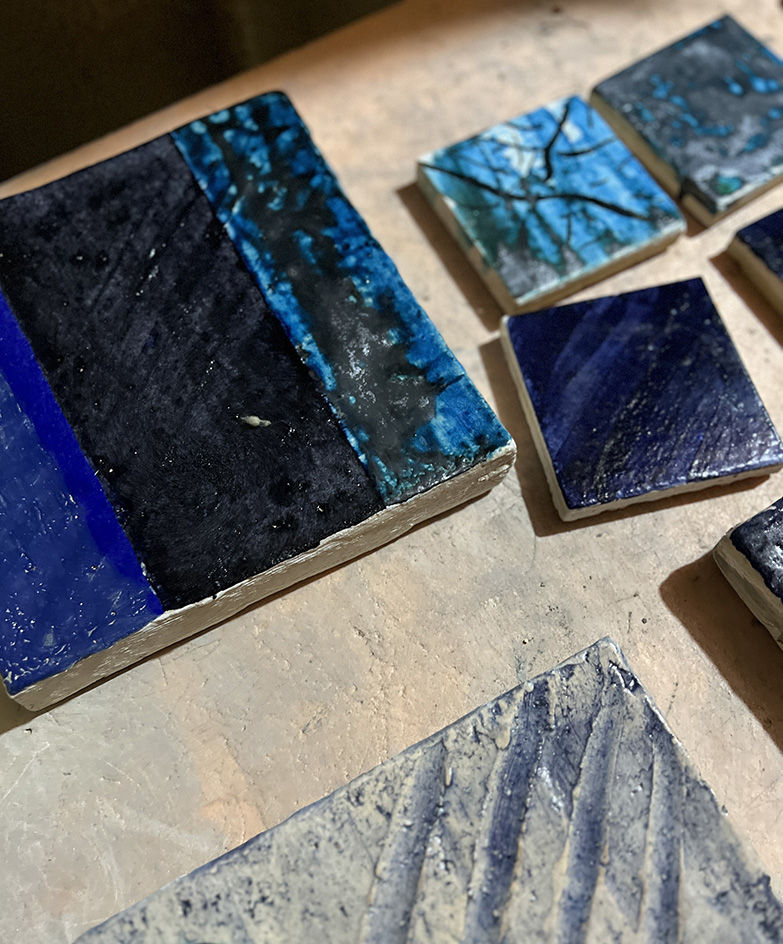
By weaving together different strands of traditional construction using modern methodologies, 'Unbuild Together' hopes to present to the world a compelling narrative and presence for Uzbekistan’s rich, and to-date overlooked, heritage. More specifically, it will posit tangible ideas on how we can learn from tradition to inform building in a way that is representative of the richness of the human experience, and which addresses the fragility of our ecological condition.
